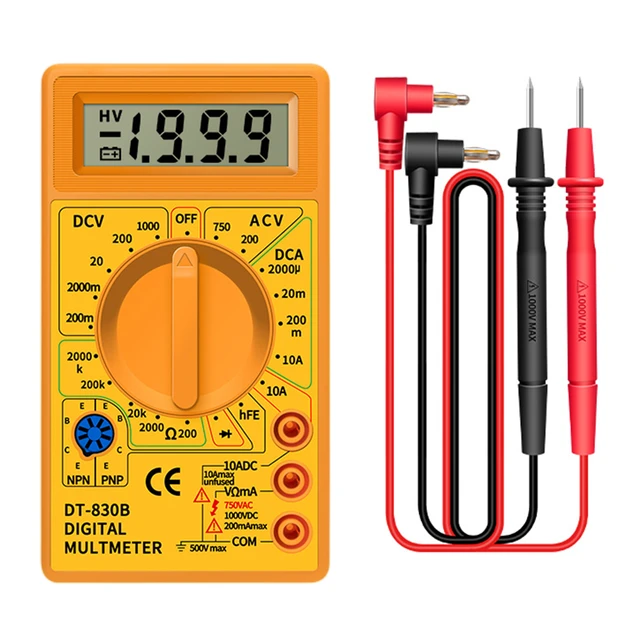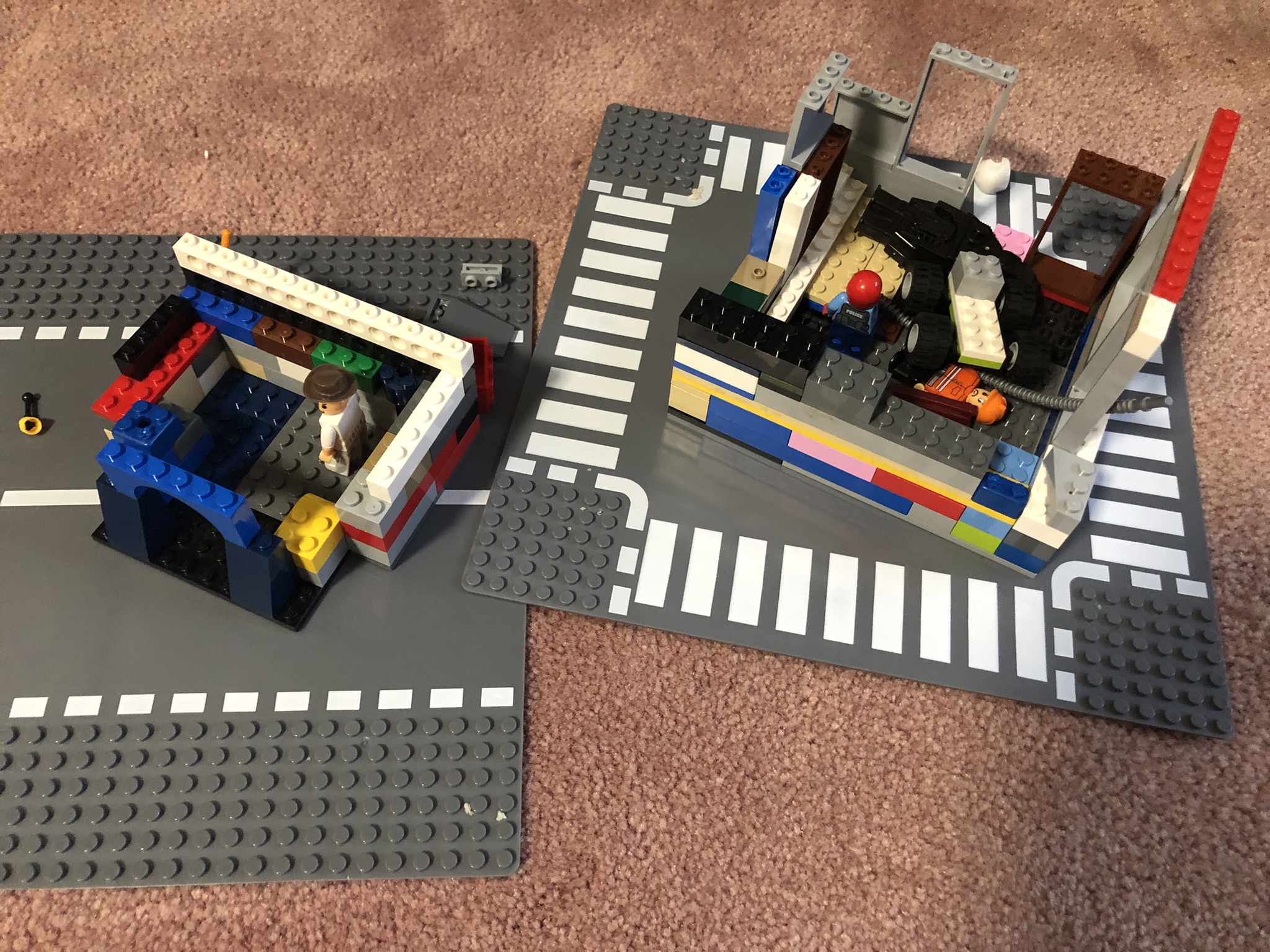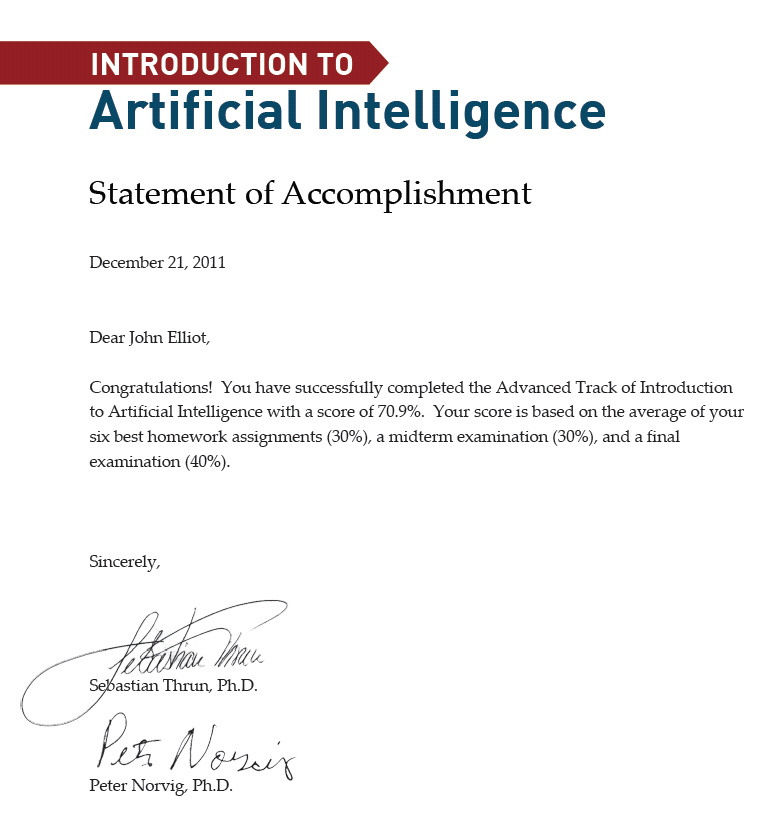I want to build myself one of these: Spectrum Analyzer using Beaglebone Black and RTL-SDR.
Lancing College Shares Critical Design Review For UK CanSat Entry
I have a new post on Hackaday: Lancing College Shares Critical Design Review For UK CanSat Entry.
MediaWiki upgrade for John’s wiki
I upgraded my John’s wiki today from MediaWiki 1.42.1 to 1.43.1.
Getting Started With ATtiny Configurable Custom Logic (CCL)
I have a new post on Hackaday: Getting Started With ATtiny Configurable Custom Logic (CCL).
Interlude #16: False Start for Learning the Art of Electronics | In The Lab With Jay Jay
This post is part of my video blog and you can find more information about this video over here.
You can support this channel on Patreon: patreon.com/JohnElliotV
Silly Job Title: Lightning Tamer.
This project’s homepage is here: John’s wiki § Learning the Art of Electronics.
This video is me making a false start on the Learning the Art of Electronics series which I am just about to embark on. What happened was after I got a bit more than two hours into recording the video for the first lab exercise I realized that it was taking too long with my approach. I didn’t want to make another twelve hour video! I was planning to go through the literature in painstaking detail and cover everything, but it turned out there was way too much material for that approach to be feasible.
What I am planning to do instead for the actual first video (due out next Tuesday) is do all the reading by myself in advance and then offer a brief summary and some recommended reading. I’m going to try to make the bulk of the video the actual practical experiment/circuit and leave the reading out.
But since I recorded the video for this “false start” I figured there’d be no harm in posting it by itself. Most of this video is the Appendix O material from The Art of Electronics 3ed which is a brief introduction to oscilloscopes.
In this video we mention CMOS technology, particularly MOSFETs.
We mention the Josephson effect which can cause a current to flow across superconductors in the absence of an applied voltage.
The SI size prefixes are documented on my wiki.
In this video we learn about voltage and current.
We take a close look at Appendix O in AoE which introduces the oscilloscope and mentions delay lines.
The oscilloscope appendix makes mention of Asimov’s short story from 1960, Thiotimoline and the Space Age.
We mention quantization, Planck units, and Zeno’s paradox.
I show you can illustration from Getting Started in Electronics.
If you’re planning to follow along with the series the pre-reading for the first video coming out on Tuesday is: E&M ch. 1, 2; PoEC ch. 1; AoE app. A, ch. 1; LtAoE ch. 1N, 1L.
Thanks very much for watching! And please remember to hit like and subscribe! :)
Following is a product I use picked at random from my collection which may appear in my videos. Clicking through on this to find and click on the green affiliate links before purchasing from eBay or AliExpress is a great way to support the channel at no cost to you. Thanks!
ANENG A3005 Pen Type Handheld Multimeter notes notes |
Let’s go shopping!
Lego houses
RustyMeter for OWON XDM1041
Today while watching Ultimate Trace Repair Guide for Ripped Connectors I learned about RustyMeter which will work with my OWON XDM1041 multimeter. I’m definitely going to be checking that out soon. Thanks to nanofix for the tip!
Electronics Project #11: TJ-56-428 4-Digit Digital DIY Clock Take 2 | In The Lab With Jay Jay
This post is part of my video blog and you can find more information about this video over here.
You can support this channel on Patreon: patreon.com/JohnElliotV
Silly Job Title: Wattage Warlock.
In this video we build the TJ-56-428 4-Digit Digital Clock just like we did last time.
You read that right. We made one of these before and I liked it so much that we are making one again! I get better at it this time round, I don’t make any of the mistakes I did last time.
In the introduction to this video I mention about my new Blu-ray player which I got so I could watch Colossus: The Forbin Project. Both my Blu-ray disc and my Blu-ray player are for Region B.
As I mention I have been writing for Hackaday! So that’s been keeping me busy.
The instructions for this clock are over here: TJ-56-428 4-Digit Digital DIY Clock (same as last time).
I mention about the new Learning the Art of Electronics project which we’re just about to get started with.
The microcontroller in this clock is the STC15W404AS. It comes in the kit pre-programmed and I’ve not been able to find the software anywhere. Bummer. If you know where to get the software please do let me know!
The temperature controlled resistor is a 10K NTC thermistor which seems to be used for the room temperature function (which I don’t use and didn’t calibrate).
The crystal oscillator is spec’ed as 32768 which is obviously a reference to the clock frequency. See Why do we use 32.768 kHz crystals in most circuits? We check the impedance of this device in the video using the Peak Atlas LCR45.
In the video I mention my mate Joe who helped me out last time I did this project. Thanks Joe!
We use the METCAL PS-900 Soldering Station to do our soldering.
We use the Fluke 17B+ Digital Multimeter to test the voltage on our USB power adapters.
We use the EEVblog BM2257 Digital Multimeter to check our resistors.
We use the Peak Electronic Design Atlas DCA75 Pro Semiconductor Analyzer to test the crystal (we don’t get a reading, which was expected).
We use the Peak Electronic Design Atlas LCR45 LCR Meter to test our crystal. It gives us an impedance reading at 200kHz with both real and imaginary components.
We use the Hakko CHP 3C-SA Precision Tweezers to hold our solder and poke about. At one point I drop a component lead offcut into the board and it shorted two resistors, so lucky I found it and pulled it out!
And that’s everything to know about this project!
Here’s a photo of the completed project installed next to the symbol keyboard on my desk:
Thanks very much for watching! And please remember to hit like and subscribe! :)
Following is a product I use picked at random from my collection which may appear in my videos. Clicking through on this to find and click on the green affiliate links before purchasing from eBay or AliExpress is a great way to support the channel at no cost to you. Thanks!
Yum Cha DT830B Digital Multimeter notes notes |
Let’s go shopping!
Homework
This is a part of the homework feature of my blog, which is an ongoing conversation with my mate S.F.
Hey mate. Lovely to see you again, as always.
It was Nietzsche who said: “He who has a why to live can bear almost any how.”
Wikipedia explains the Chinese room argument:
The Chinese room argument holds that a computer executing a program cannot have a mind, understanding, or consciousness, regardless of how intelligently or human-like the program may make the computer behave. The argument was presented in a 1980 paper by the philosopher John Searle entitled “Minds, Brains, and Programs” and published in the journal Behavioral and Brain Sciences. Before Searle, similar arguments had been presented by figures including Gottfried Wilhelm Leibniz (1714), Anatoly Dneprov (1961), Lawrence Davis (1974) and Ned Block (1978). Searle’s version has been widely discussed in the years since. The centerpiece of Searle’s argument is a thought experiment known as the Chinese room.
In the thought experiment, Searle imagines a person who does not understand Chinese isolated in a room with a book containing detailed instructions for manipulating Chinese symbols. When Chinese text is passed into the room, the person follows the book’s instructions to produce Chinese symbols that, to fluent Chinese speakers outside the room, appear to be appropriate responses. According to Searle, the person is just following syntactic rules without semantic comprehension, and neither the human nor the room as a whole understands Chinese. He contends that when computers execute programs, they are similarly just applying syntactic rules without any real understanding or thinking.
Personally, I don’t buy the Chinese room argument. I think you can have genuine semantic understanding even in the context of a wholly symbolic reality or experience. Indeed, I think our own semantic understandings are essentially that. That is, I think our semantic understandings can probably be reduced to symbols and are certainly mediated by them. To my mind our brains are obviously machines, thus machines can do what we can do. Do machines have to be brain-like in order to succeed? I doubt it. Both birds and aeroplanes can fly.
The Gettysburg Address is a famous speech that was delivered by Abraham Lincoln, the 16th U.S. president, following the Battle of Gettysburg during the American Civil War in 1863 (161 years ago). The speech has come to be viewed as one of the most famous, enduring, and historically significant speeches in American history. Peter Norvig did a hilarious send up of this famous speech as a series of powerpoint slides as an example of how terrible such slides can be: The Gettysburg Powerpoint Presentation.
Back in 2011 Peter Norvig and Sebastian Thrun taught an online course with over 100,000 students in attendance. Including me! Norvig spoke about the project in his 2012 TED Talk: The 100,000-student classroom.
I have a note here regarding fractionation, but I’m not sure why that was relevant? It must have come up in our discussion?
The welcome video for my YouTube channel is this one: Welcome to @InTheLabWithJayJay! An Electronics Video Blog.
You mentioned the concept of low-GI joy. As compared with, I suppose, hi-carb joy. I suppose this is what the Stoics were on about.
From Alan Watts:
You see, I’m not talking about a philosophy. I’m not talking about a rationalization, some sort of theory that somebody cooked up in order to explain the world and make it seem a tolerable place to live in. I’m talking about a rather whimsical, unpredictable experience that suddenly hits people and it includes this element of feeling the total harmoniousness of everything.
Check out Garys Economics. A former trader explains economics to the layperson.
Olivetti is the famous Italian company which made typewriters and computers back in the day. In this video they show you how everything is now abandoned and run down: The Downfall of Olivetti – Exploring an Abandoned Computer Factory. (Note: this made me think of the recent destruction at the Paragon in Katoomba.)
What does your world clock say about you?
I use the Personal World Clock at timeandate.com, and these are my current settings:




